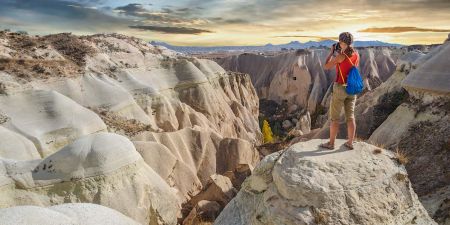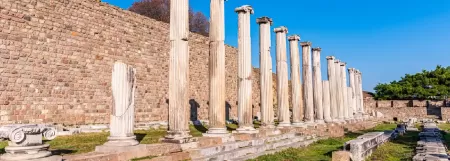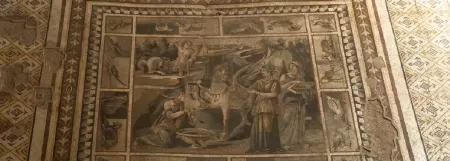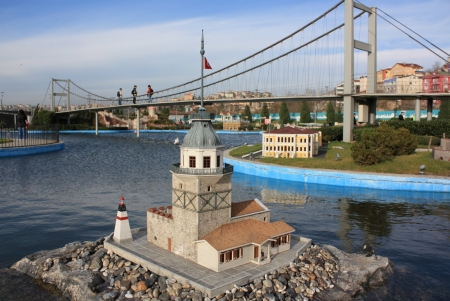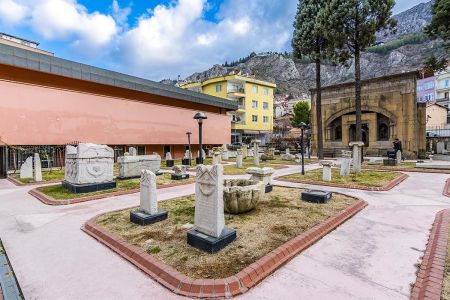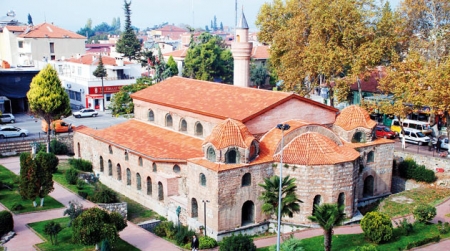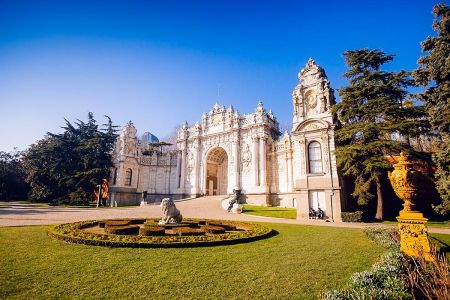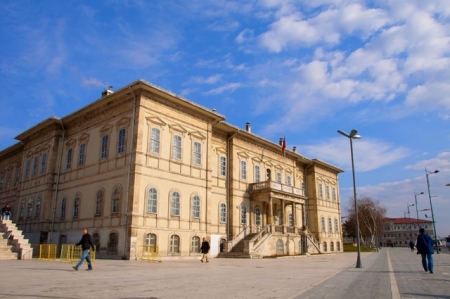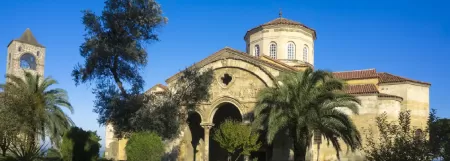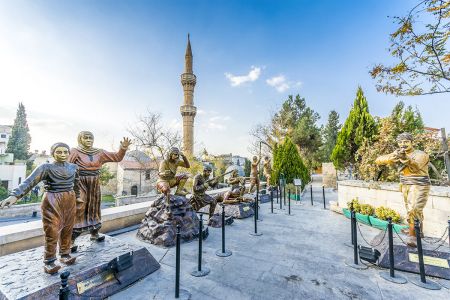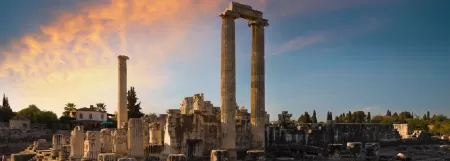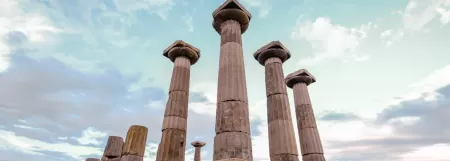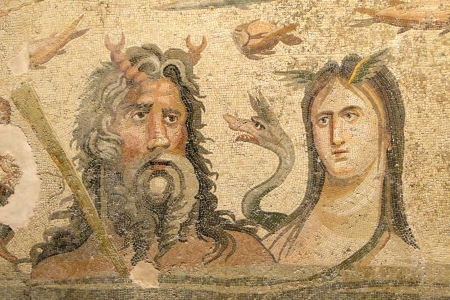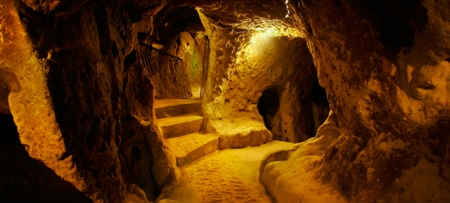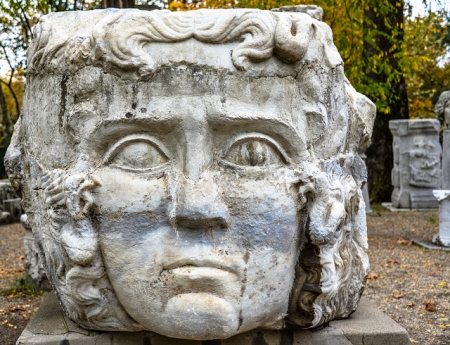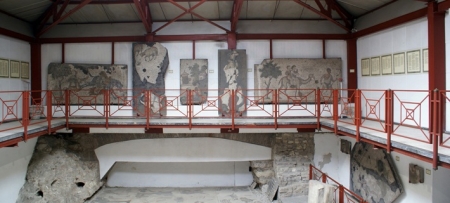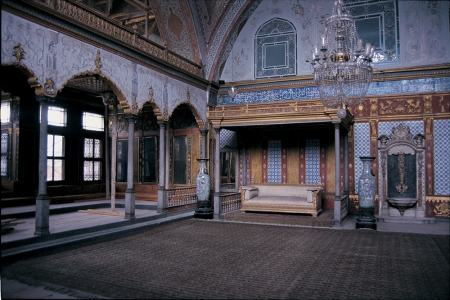Pergamon Acropolis Archeological Site of Turkey
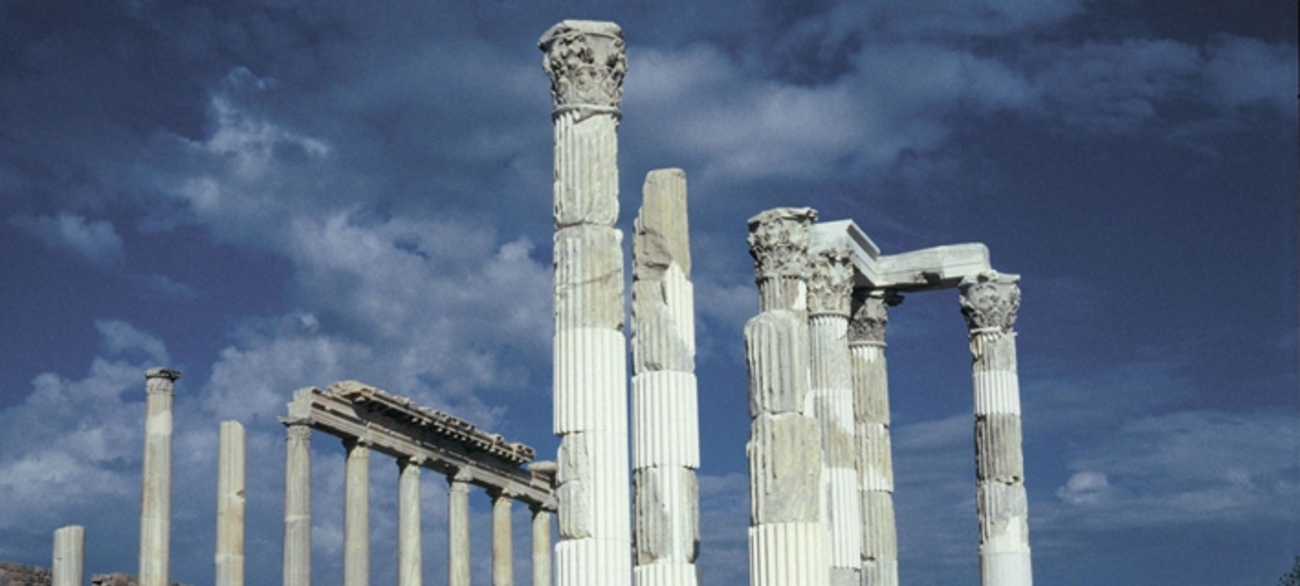
The Pergamon Acropolis is one of Turkey’s most magnificent ancient sites, perched atop a hill overlooking the modern town of Bergama in the Aegean region. Once the capital of the Attalid Kingdom, Pergamon flourished as a major cultural, political, and intellectual hub during the Hellenistic period (3rd–1st centuries BCE). Renowned for its grand architecture, advanced urban planning, and contributions to medicine and arts, the site was designated a UNESCO World Heritage Site in 2014. Today, it remains a testament to ancient ingenuity, attracting history enthusiasts, archaeologists, and travelers from around the world.
Historical Significance
The Rise of Pergamon
Pergamon’s prominence began under the rule of the Attalid dynasty (281–133 BCE), who transformed it into a powerful kingdom rivaling Alexandria, Athens, and Rome. Its strategic hilltop location provided both defense and a commanding view of the surrounding fertile lands.
A Center of Learning and Culture
The city was famed for its Great Library, which housed over 200,000 scrolls, second only to Alexandria’s. Legend claims that parchment (pergamena) was invented here due to Egypt’s papyrus embargo. Pergamon also boasted an Asclepion (healing temple), where early medical practices influenced Galen, the father of modern medicine.
Roman and Byzantine Eras
After being bequeathed to Rome in 133 BCE, Pergamon continued to thrive as a provincial capital. Later, under Byzantine rule, it became an important Christian center before declining due to Arab invasions and earthquakes.
Key Structures of the Acropolis
1. The Temple of Trajan
-
Built by Emperor Hadrian (2nd century CE) in honor of Trajan, this Roman-style marble temple was one of the city’s grandest structures.
-
Its Corinthian columns and podium remain partially restored, offering breathtaking views of the valley.
2. The Great Altar of Zeus (Pergamon Altar)
-
One of antiquity’s most famous monuments, adorned with a frieze depicting the Gigantomachy (battle between gods and giants).
-
The altar was dismantled and taken to Berlin’s Pergamon Museum in the 19th century, but its foundation remains in Turkey.
3. The Theatre of Pergamon
-
A steep, 10,000-seat Hellenistic theatre with one of the steepest inclines in the ancient world.
-
Designed for both performances and political assemblies, it showcases advanced acoustics and engineering.
4. The Library of Pergamon
-
Once a rival to Alexandria’s library, it was said that Mark Antony gifted its scrolls to Cleopatra as a wedding present.
-
The structure influenced later Roman library designs.
5. The Sanctuary of Athena
-
A Doric temple dedicated to the goddess Athena, featuring a propylaea (monumental gateway).
-
Served as a religious and cultural gathering place.
6. The Royal Palaces
-
The Attalid kings resided in lavish palaces with mosaics, courtyards, and terraced gardens.
-
Some walls and foundations still stand, hinting at their former grandeur.
7. The Gymnasium & Agora
-
A multi-level complex for education, athletics, and social life.
-
The Upper Agora was the city’s commercial and political heart.
The Asclepion: Pergamon’s Healing Center
Located at the base of the Acropolis, the Asclepion was an ancient medical sanctuary dedicated to Asclepius, the god of healing. Key features include:
-
Sacred Spring: Patients drank or bathed in its waters for cures.
-
Temple of Asclepius: A circular treatment center with dream therapy rooms.
-
Underground Tunnel: Used for psychological healing through sound therapy.
-
Medical School: Where Galen, a pioneer of anatomy, studied.
Excavations and Modern Discoveries
-
First excavations began in the 1870s by German archaeologists, leading to the removal of the Great Altar of Zeus to Berlin.
-
Ongoing Turkish-German excavations continue to uncover mosaics, inscriptions, and urban structures.
-
Recent studies focus on water systems and urban resilience against earthquakes.
Tour around the Pergamon Acropolis Archeological Site
Follow the signs to the Acropolis. From the Bergama Museum in the middle of Bergama, it’s over 5 km (3 miles) to the highest of hill along a narrow road that winds around the hill. A gate near the underside of Capitol Hill is closed during the night to stop access to the location.
The foundations of the monumental buildings of the traditional city fall Capitol Hill right to the fashionable city. It won't be possible to hike to the highest of the hills through the Gate of Eumenes and also the various gymnasia and agoras, but the complete excavation is now enclosed by a fence. If you walk, you need to walk along the auto road all thanks to the summit—a long, hot enter summer. (In April—a way more pleasant time to hike—the hill is carpeted with beautiful wildflowers.)
Visitor Information
How to Get There
-
From Istanbul: 5-hour drive or bus to Bergama.
-
From Izmir: 2-hour drive or direct buses.
-
Cable Car: A modern teleferik takes visitors up to the acropolis.
Opening Hours & Tickets
-
April–October: 8:30 AM – 7:00 PM
-
November–March: 8:30 AM – 5:00 PM
-
Ticket: ~300 TL (includes Asclepion & Red Basilica)
Tips for Visitors
-
Wear comfortable shoes—steep paths and uneven terrain.
-
Visit early or late to avoid crowds and midday heat.
-
Combine with the Red Basilica (a Roman temple turned Byzantine church).
Customize Your Dream Vacation!
Get in touch with our local experts for an unforgettable journey.
Plan Your TripWhat to see!
There are two ways to access the location. You'll be able to drive to the upper parking lot (parking ₺5) or instead follow the signposts along Akropol Caddesi to the lower station of the Bergama Acropolis car. There is a paid park here, too (again ₺5). The cable-car ride takes five minutes. From the Upper City, a line of rather faded blue dots marks a suggested route round the main structures – you would possibly instead consider hiring the audio guide for 10.
These amazing statues and structures include the library that helped put this attraction on the map and therefore the colossal marble-columned Temple of Trajan (or Trajaneum), built during the reigns of the emperors Trajan and Hadrian and accustomed to worship them furthermore as Zeus. it is the only Roman structure surviving on the Acropolis, and its foundations were used as cisterns during the Middle Ages.
Why Pergamon is a Must-Visit
-
UNESCO-listed with unparalleled Hellenistic ruins.
-
Stunning panoramic views of Bergama and the Bakırçay Valley.
-
Less crowded than Ephesus, offering a more immersive experience.
-
Rich historical layers—Greek, Roman, and Byzantine influences.
What to do!
To escape the crowds and acquire a decent view of the theatre and Temple of Trajan, walk downhill behind the Altar of Zeus, or turn left at the underside of the theatre steps, and follow the sign to the Antik Yol (ancient street) past the Upper Agora and also the bath-gymnasium. Within what was once a sprawling territorial dominion of the center City is modern Building Z (2004), protecting a part of a peristyle court and a few fantastic floor mosaics.
Search for the grotesque masks with wild animals, the kid Dionysus with Silenus supping from a cup and therefore the remnants of tinted stucco on the walls. You'll then pass more baths, gymnasia and therefore the sumptuous Palace of Attalus I before reaching the Lower Agora.
The Acropolis of Pergamon is certainly dramatic, perched atop a high hill to the northeast of the impressive middle. The great temples and dramatic theater are visible from anywhere within the city, as they were meant to be.
Pergamon Acropolis is more than just ruins—it’s a journey through time, where ancient kings, scholars, and healers once walked. Whether you’re marveling at the precise engineering of its theatre, imagining the wisdom stored in its lost library, or standing where oracles once prophesied, Pergamon leaves an indelible mark on every visitor. A trip here is not just a tour of stones, but a dialogue with history itself.
FAQs
1Q. Why is the Pergamon Acropolis famous?
Pergamon was a major Hellenistic capital known for its Great Library (rivaling Alexandria’s), the Great Altar of Zeus (now in Berlin), and the Asclepion healing center. Its advanced urban planning, steep theatre, and role in ancient medicine make it a UNESCO World Heritage Site.
2Q. How do I get to Pergamon from Istanbul or Izmir?
-
From Istanbul: Take a 1-hour flight to Izmir, then a 2-hour drive/bus to Bergama. Direct buses also run (5–6 hours).
-
From Izmir: Drive 2 hours north or take a bus to Bergama. A cable car (teleferik) ascends to the acropolis.
3Q. What are the must-see structures at the site?
Don’t miss:
-
The Theatre (10,000 seats with dizzying slopes)
-
Temple of Trajan (partially restored Roman marvel)
-
Sanctuary of Athena
-
Royal Palaces
-
Asclepion (ancient medical center at the base of the hill).
4Q. Are there combined tickets for Pergamon’s attractions?
Yes! A single ticket (~300 TL as of 2024) covers the Acropolis, Asclepion, and Red Basilica. Discounts apply for students and children under 12.
5Q. When is the best time to visit?
-
Spring (April–May) or autumn (September–October) for mild weather.
-
Arrive early morning or late afternoon to avoid crowds and heat.
-
Check for Mehter (Ottoman military band) performances at the Bergama Museum.


